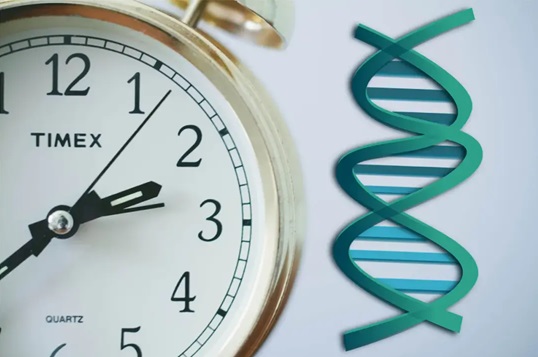When determining a person’s age, people often rely on outward appearances, such as whether they have gray hair, wrinkles, or slower movements. Aging is regarded as an inevitable process in life, but the extent of aging cannot simply be judged by appearance. In recent years, scientists have increasingly turned to the DNA level to accurately assess an individual’s degree of aging.
The aging process is accompanied by significant cellular changes, including protein misfolding, genomic instability, telomere shortening, epigenetic alterations, loss of proteostasis, dysregulation of nutrient sensing, mitochondrial dysfunction, stem cell exhaustion, cellular senescence, and changes in cellular signaling. Thus, aging is an extremely complex process that requires a more comprehensive and objective approach for study.
As the critical role of epigenetic changes in aging becomes more recognized, DNA methylation levels have been used as indicators of biological age, commonly referred to as the epigenetic clock (including the Horvath Clock, Hannum Clock, and others). The epigenetic clock is composed of several CpG sites, and the DNA methylation levels at these sites are employed to measure an individual’s true age.
Studies on epigenetic age and its correlations with disease incidence, mortality, and other factors have shown that the epigenetic clock has potential for risk prediction and identification in the context of aging. Therefore, leveraging the epigenetic clock for aging research has become particularly important. Accurate measurement of biological aging, risk prediction and identification, and exploration of effective interventions are essential components in this field.
Reference:
[1] Bell, C. G., Lowe, R., Adams, P.D., et al. (2019). DNA Methylation Aging Clocks: Challenges and Recommendations. Genome Biol, 20 (249).
[2] Duan, R., Fu , Q., Sun , Y., & Li , Q. (2022). Epigenetic Clock: A Promising Biomarker and Practical Tool in Aging. Ageing Research Reviews, 81 (101743).
[3] Kabacik, S., Lowe, donna, & Fransen, L., et al. (2022). The Relationship between Epigenetic Age and the Hallmarks of Aging in Human Cells. Nature Aging, 2, 484–493.
11-25-2024 updated.

- episante
- 最新文章
- Hits: 207
